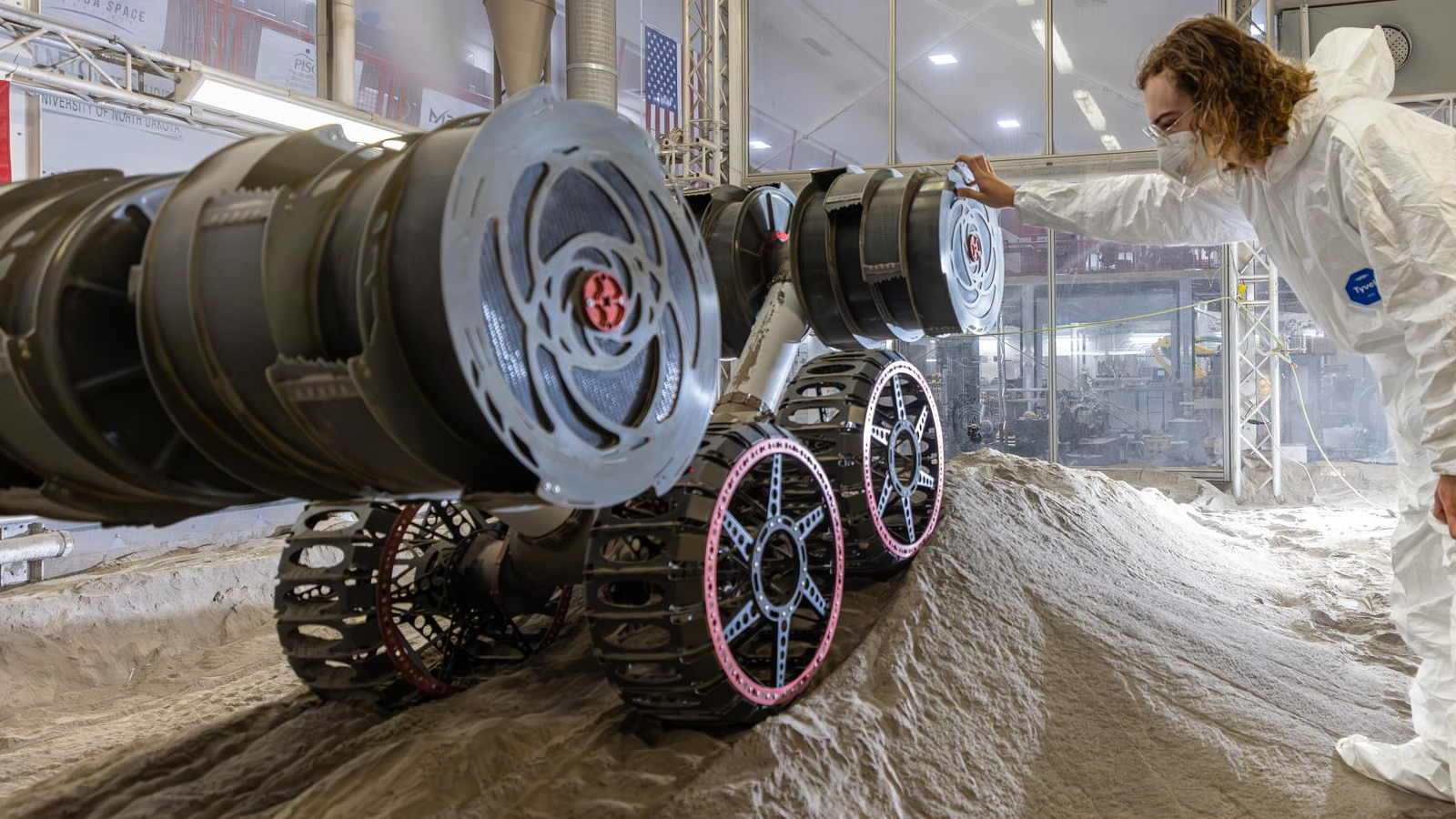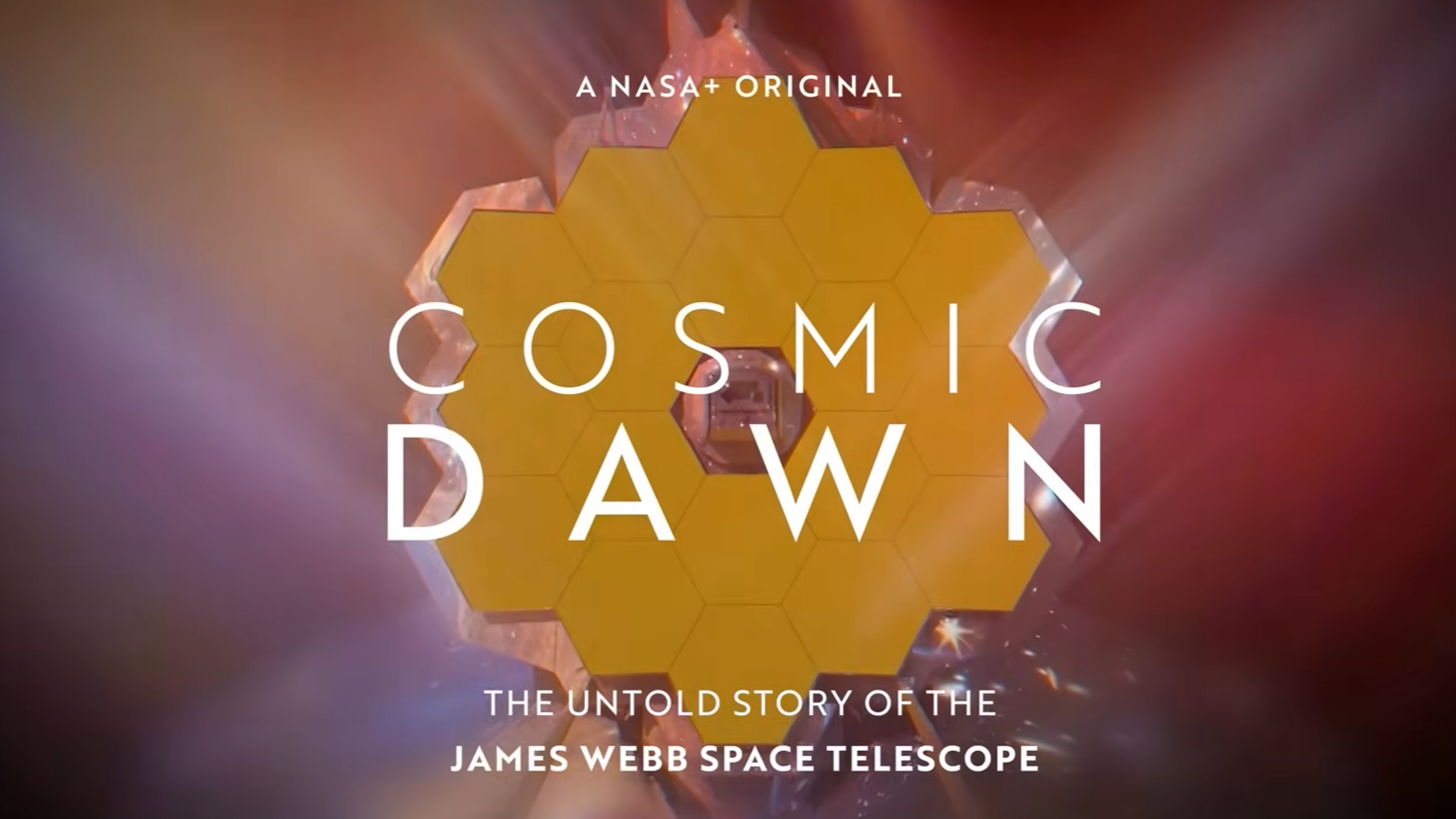NASA robot digs up simulated moon rocks | Space photo of the day for June 13, 2025
At the Kennedy Space Center, a new robot shovels up manufactured lunar dust as part of a larger test.

NASA continues to test various robotic models in a simulated lunar surface as it works toward the goal of having humans back on the moon.
What is it?
The RASSOR (Regolith Advanced Surface Systems Operations Robot) is a remotely operated mobile robot designed to excavate rocks and dust from the moon. In its latest test, the RASSOR creates a three-foot long berm in the simulated lunar dust.
Where is it?
NASA tested its latest RASSOR at the Granular Mechanics and Regolith Operations Lab at the Kennedy Space Center in Florida in late May 2025.

Why is it amazing?
The RASSOR's lightweight frame has a pair of counterrotating drums that allow the robot to minimize its reaction force. This makes it easier for the robot to work in low gravity environments, like that on the moon. Its symmetrical design also enables the robot to move in reverse, which can help avoid overturning as it can dig its way out, according to NASA.
Excavating robots like RASSOR are key for helping to sustain a presence on the moon, as the rocks and dust can be used to construct materials or be broken down into molecules like oxygen and water.
According to a NASA statement, this recent test focused on whether the rotating excavation drums could be used to build a structure out of the simulated lunar dust.
Want to learn more?
You can read more about NASA's RASSOR program and studying lunar dust as humanity looks to return to the moon.
Get the Space.com Newsletter
Breaking space news, the latest updates on rocket launches, skywatching events and more!
Join our Space Forums to keep talking space on the latest missions, night sky and more! And if you have a news tip, correction or comment, let us know at: community@space.com.
Kenna Hughes-Castleberry is the Content Manager at Space.com. Formerly, she was the Science Communicator at JILA, a physics research institute. Kenna is also a freelance science journalist. Her beats include quantum technology, AI, animal intelligence, corvids, and cephalopods.
You must confirm your public display name before commenting
Please logout and then login again, you will then be prompted to enter your display name.

